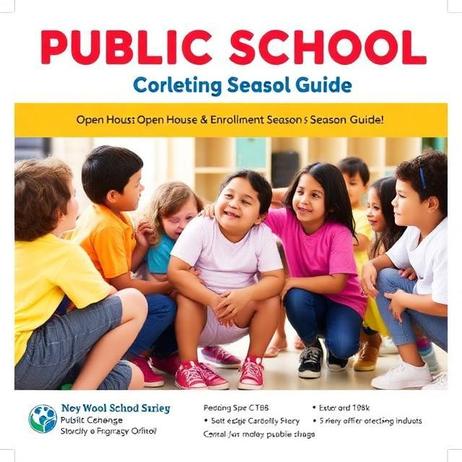Are Public Schools Ready for the 21st Century? (2025 Update)
Introduction
The question: Are Public Schools Ready for the 21st Century? remains central to national debates among parents, educators, and policymakers in 2025. Two decades into the new millennium, expectations for student outcomes, technological fluency, equity, workforce readiness, and global competitiveness have only grown. This article updates that conversation with the latest data, expert insights, and policy developments to answer Are Public Schools Ready for the 21st Century? with clarity and authority.
Why the Question Matters
Are Public Schools Ready for the 21st Century? captures deep concerns about whether the nation’s public education system can prepare students for rapidly changing social and economic landscapes. In 2025, U.S. public schools still educate the vast majority of American children, yet challenges in academic performance, digital access, workforce alignment, and equity persist. The question Are Public Schools Ready for the 21st Century? is not rhetorical; it demands evidence and honest assessment.
Current Landscape: Enrollment, Demographics, and Funding
Public schools serve nearly 90 percent of U.S. children, making the answer to Are Public Schools Ready for the 21st Century? crucial for national prosperity and equity. Enrollment patterns in 2025 show demographic shifts, with increasing diversity and changing regional populations. Some urban districts are experiencing enrollment declines, even as funding fluctuates.
Economic pressures have reshaped family choices and district budgets. Questions about Are Public Schools Ready for the 21st Century? often focus on whether funding






















